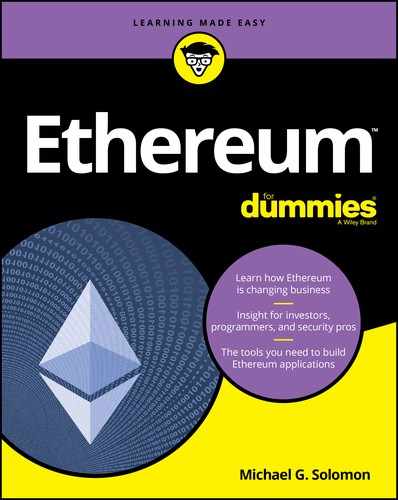Book Description
Dive into a secure future
Professionals look to Ethereum as a blockchain-based platform to develop safe applications and conduct secure transactions. It takes a knowledgeable guiding hand to understand how Ethereum works and what it does — and Ethereum For Dummies provides that guidance. Written by one of the leading voices in the blockchain community and best selling author of Blockchain For Dummies, this book demystifies the workings of Ethereum and shows how it can enhance security, transactions, and investments.
As an emerging application of blockchain technology, Ethereum attracts a wide swath of professionals ranging from financial pros who see it as a way to enhance their business, security analysts who want to conduct secure transactions, programmers who build apps that employ the Ethereum blockchain, or investors interested in cashing in on the rise of cryptocurrency. Ethereum For Dummies offers a starting point to all members of this audience as it provides easy-to-understand explanation of the tools and techniques of using Ethereum.
- Understand the fundamentals of Ethereum
- Build smart contracts
- Create decentralized applications
- Examine public and private chains
If you need to get a grip on one of the biggest applications of blockchain technology, this book makes it easier.
